Non-Toxic Shampoo: Ingredients to Avoid & What to Look For
Finding a non-toxic shampoo that cleans effectively without exposing you to harmful chemicals can be tricky. Many shampoos, even some labeled as “natural,” contain problematic preservatives, synthetic fragrances, and harsh surfactants. Below, we break down the key ingredients to avoid and what to look for in a truly safe, non-toxic shampoo.
Surfactants
Surfactants are the key ingredients that make shampoos (and all soaps and detergents) effective. They help water break down oil and dirt, allowing them to be rinsed away. However, not all surfactants are created equal—some are safe, while others come with health and environmental concerns.
Many conventional shampoos rely on harsh surfactants like sodium laureth sulfate (SLES) and, which can be irritating to the scalp and may contain harmful contaminants. Cocamide DEA is an actual carcinogen and should always be avoided. Unfortunately, some natural shampoos also use these questionable surfactants.
Safer Surfactants in Non-Toxic Shampoo
If you’re looking for a non-toxic shampoo, keep an eye out for gentler, biodegradable surfactants like:
- Decyl glucoside
- Lauryl glucoside
- Potassium cocoate
- Coco glucoside
- Sodium cocoyl isethionate
- Sodium lauroyl methyl isethionate
- Caprylyl/capryl glucoside
- Sodium lauroyl glutamate
The problem with these is that they tend not to lather as well as some of their more traditional (but less safe!) counterparts, so it can be hard to find high-performing, non-toxic shampoos that rely only on these surfactants.
Non-Toxic Shampoo Gray Area
One of the most confusing surfactants is cocamidopropyl betaine. While it can be safe and mild, it can sometimes be contaminated with harmful byproducts like nitrosamines (carcinogens) and 3-dimethylaminopropylamine (also known as DMAPA, and irritants). While derived from coconut oil, cocamidopropyl betaine is heavily processed and not as “natural” as some marketing suggests. Potential marine toxicity raise mild environmental concerns. Choosing a DMAPA-free, third-party-tested shampoo brand can help minimize these risks.
Similarly, while disodium laureth sulfosuccinate itself is considered a mild surfactant, it can be at risk of contamination due to ethoxylation. The best way to assess this is to look for certifications (EWG verified, ECOCERT, EU standards), transparency about purification methods, or labels that explicitly say “1,4-dioxane-free.”
Finally, cocamidopropyl hydroxysultaine has a low potential for skin, eye, or lung irritation. However, there are once again concerns about possible contamination with DMAPA and nitrosamines during its manufacturing process.
At Gimme the Good Stuff, we evaluate shampoos with cocamidopropyl betaine, disodium laureth sulfosuccinate, and cocamidopropyl hydroxysultaine on a case-by-case basis:
✅ If a brand discloses third-party testing or is verified by EWG, it may make our Best Stuff list.
⚠ If there’s no transparency about contamination risks, the product lands in Good Stuff or Okay Stuff, depending on its other ingredients.
Coco Betaine in Non-Toxic Shampoo
Some brands use coco betaine instead of cocamidopropyl betaine. Coco betaine is a milder, less processed alternative that is less likely to cause irritation or contain impurities. It can, however, potentially irritate very sensitive skin, so if you have allergies, eczema, or rosacea, it’s best to patch-test first.


















































































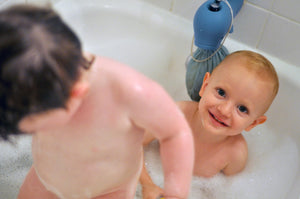



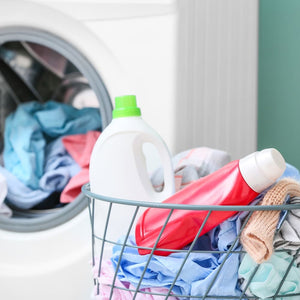
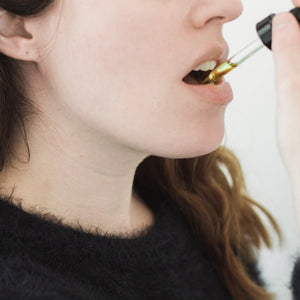
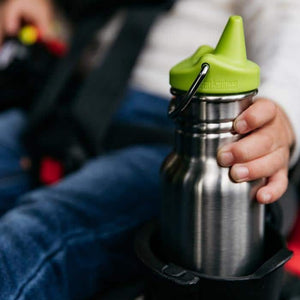
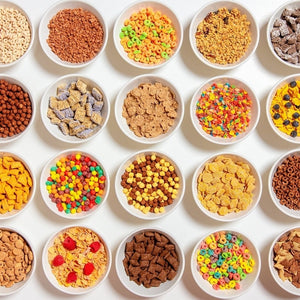

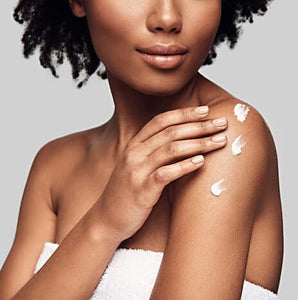

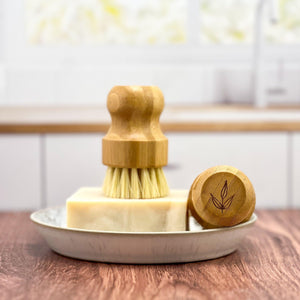
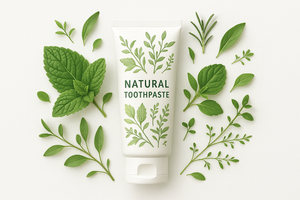
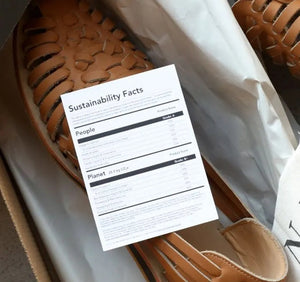

249 comments
Suzanne Weaver-Goss
I spoke to them and it’s a blend of essential oils not fragrance.
Justina
Just bought the Acure shampoo thinking it was still the old formula that I loved. They added fragrance to it that I dont believe was an ingredient before and it makes my head itch! ?
Christina Martinez
I got a one inch thick list of products that i can use from my dermatologist. They put in a database latex and formaldehyde and it sorted out the products. I would try that. It’s really a struggle because no one has heard of this allergy and even fewer realize that it’s in EVERYTHING
Rachel
I used New Wash and loved it – effective in hard water, no itchy scalp, one and done, etc. The only caveat I have for that product is that if you have fine, low porosity hair then build-up is likely to be an issue (as it was for me) due to the use of Behentrimonium Methosulfate – which is a cationic conditioning agent (i.e. a quaternay ammonium salt, a “quat†basically… cationic surfactants are conditioning agents that bond to hair, due to their positive charge).
Cationic surfactants are exceedingly difficult to remove, and standard sulfate shampoos (SLS, etc.) won’t do it… only C12-14/14-16 Olefin Sulfonate and Sodium Polystyrene Sulfonate will remove them effectively (e.g. Kinky Curly Come Clean shampoo and a few other brands)… while these aren’t sulfates, they can be every bit as harsh and irritating, especially for sensitive scalps.
Those with thick, coarse, dry, high porosity (often wavy/curly) hair tend to love and do well with cationic surfactants – as they excel at anti-static and frizz control – which is why these ingredients and their variations are now so prevalent in nearly everything.
Cationic surfactants and quats give me instant buildup, and quats in particular cause hairline/scalp breakouts for me. I’ve had to become a diligent label reader and ingredients sleuth in order to find products that meet my standards for safety and efficacy without the inclusions of these ingredients.
I loved everything else about New Wash so much that I’ve been sorely tempted to try the new “Deep†formula – designed to be more cleansing and less conditioning for finer, oilier hair types… but alas: while it has moved significantly further down the ingredients list, the product still had BHMS in it, and will thus result in near-instant build up for me.
So… just something to be aware of… if build up is not generally an issue for you, you might love it!
Suzanne Weaver-Goss
Not familiar with that brand; we will add it to our list of future updated guides. Here is what we do recommend https://gimmethegoodstuff.com/store/category/body/hair/